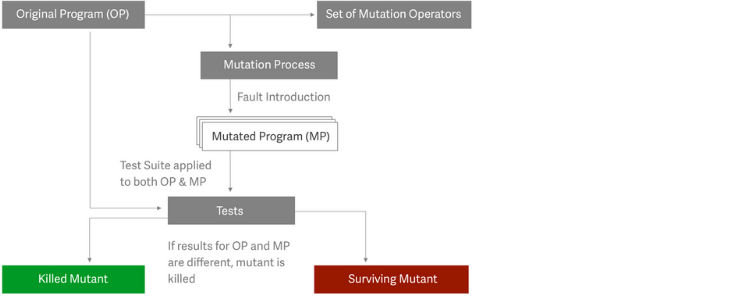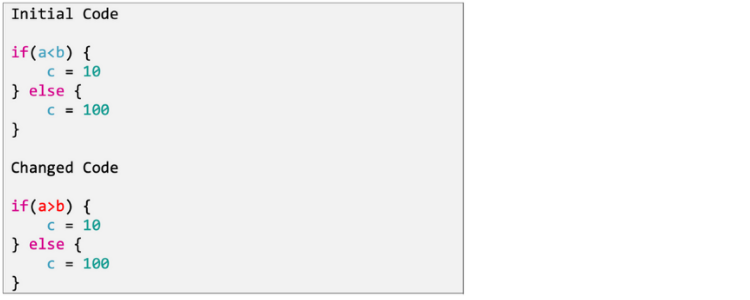As developers we’ve been all at some point in our career in a situation where we would have forgotten to write a test for a certain function no matter what the reason was and this can lead to some issues:
- It becomes very difficult to identify these tiny cracks in test coverage when the app gets bigger and complex.
- Gaps smaller than skipping an entire function, like statements half-tested and/or mocks half-mocked, might also be a real headache to find.
- Holes we wouldn’t necessarily notice when reviewing unit tests, but which still mean that we can break our system and be lied to by our supposedly-trusty test suite.
Unit testing is standard practice now, but we can only rely on our suite, if we make sure it covers enough of the application’s functionality. A great way to do this is with a mutation testing, but in order to understand its true value, we need to think about why we actually need to write tests in the first place.











